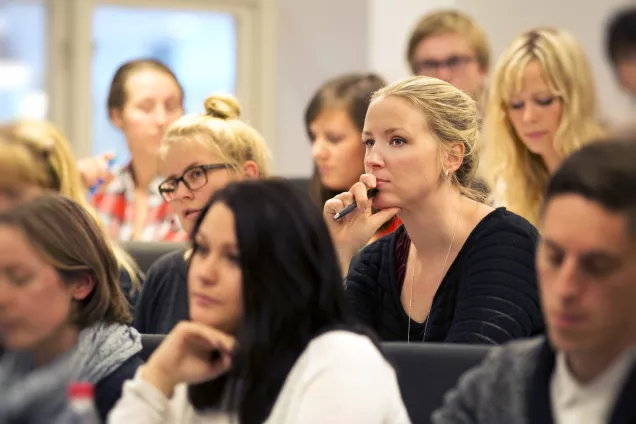Ongoing population studies at LU
ADAMA AIR: Outdoor and household air pollution-exposure and effects on pregnant women in Africa
This research project, funded by Formas, will investigate consequences of air pollution in a prospective cohort of women recruited during pregnancy at public health facilities in Ethiopia.
Read more here.
AIR Lund
AIR Lund (Artificially Intelligent Use of Registers) is an interdisciplinary research program that studies how artificial intelligence and machine learning methods applied on the Swedish register infrastructure can increase quality and efficiency of health care, while addressing well-founded ethical and legal concerns related to the use of big data and complex algorithms in clinical practice.
Read more here.
DENSAFECITY: Densifying the cities without increased environmental health burden - is it attainable?
This project will quantify the health effects of status quo and of a set of city densification scenarios. Different ways of densifying a city will be explored, to define easily attainable pollution reduction strategies targeting the larger
municipal planning level as well as the more detailed scale.
Read more here.
HEAP: Health promoting Environments for an Aging Population
A register and GIS study to assess effects of urban green and low-noise neighborhoods on social service and nursing home.
Read more here.
IDcare: Health care utilization in primary and specialist care among people with intellectual disability
We will use data from the Skåne Health Care Register, together with data from the LSS register, to identify people with ID in Skåne. The remaining part of Skåne's population will be used as a reference group. For both groups, we will collect data on health care utilization from the Region Skåne database. Based on these data, we will be able to study whether people with ID receive as much and the same type of health care as the general population provided that they have the same diagnosis.
Read more here.
PFAS in Ronneby
In December 2013 high levels of perfluorinated substances (PFAS) were detected in one out of two waterworks in Ronneby, Sweden. The source of contamination was fire fighting foams used since the mid-1980s at a military air field practice site, located upstream from the waterwells. When the contamination was discovered, clean water was promptly provided from the other waterworks. However, the exposed population will have elevated internal body burden of PFAS for decades, due to the long half-lives. Cohorts of exposed and unexposed children and adults have since then been established, and studies regarding different aspects of health possibly associated with exposure are ongoing.
For more information, visit PFAS.blogg.lu.se.

LUPOP events
Upcoming and previous seminars and workshops

Testimonials
What people are saying about LUPOP

FAIR at LUPOP
LUPOP's collection of FAIR links

